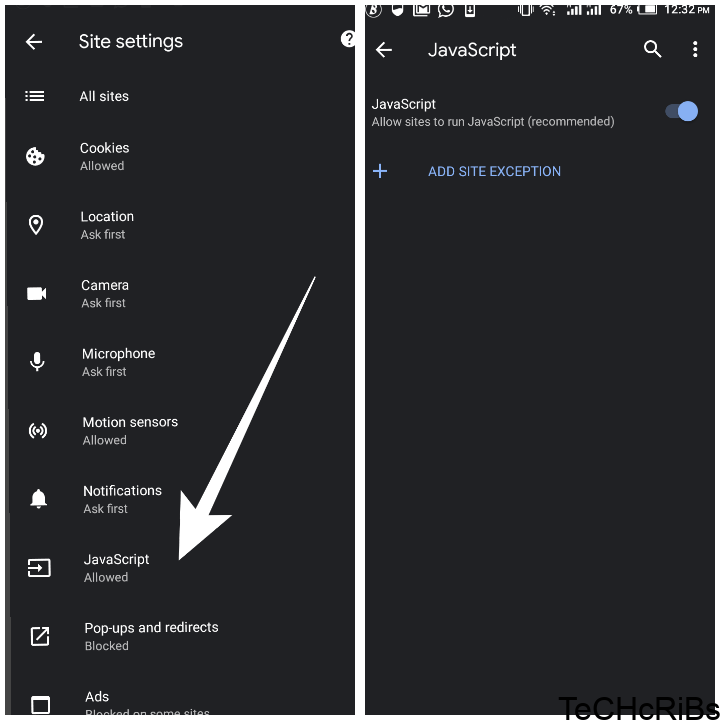Hello and welcome back to Naijacloud; today, we are looking at the steps on how to solve quantitative reasoning for primary schools.
If you are a teacher, head of science teaching, or a parent interested in helping your child explore and learn about quantitative reasoning, this article has some ideas to consider.
Quantitative reasoning can be complex for young children to understand and learn, so it is beneficial to have more resources available.
I face the same issue you are probably facing when trying to solve my kid brother’s assignment.
So I surfed through the internet and found some tips and videos that help, which I wanted to share with you.
This article provides some tips on getting started with your plan and resources that may be helpful down the road.
So without further ado, let’s dive in.
How To Solve Quantitative Reasoning Problems For Primary Schools
Quantitative reasoning is a process that allows students to solve problems using mathematical models and formulas.
These problems involve solving equations, fractions, decimals, percentages, and other mathematical concepts.
Quantitative reasoning skills are essential for students in primary school because these skills will help them learn how to use math to solve problems.
You can help your students improve their quantitative reasoning skills in several ways.
One way is to have them practice solving problems using various strategies. You can also have them work in groups or teams to solve problems.
Finally, you can have them use calculators or computers to help them solve problems.
Types of Quantitative Reasoning Problems
Before we continue how to solve quantitative reasoning for primary schools, we would need to look at the type of quantitative problems we have.
Quantitative reasoning problems can be grouped into three main categories: decimals, fractions, and ratios.
Primary school students should be able to solve problems in each category, but some may need help from a teacher or parent.
Decimals
The most common type of quantitative reasoning problem is finding the value of a decimal.
Often a problem will ask you to find the value of a decimal hidden in a number.
For example, if someone asks you to find the value of 8.6 in tenths, you would look for the decimal at the end of the number (86.6) and use that as your answer.
Fractions
Another common type of quantitative reasoning problem is finding the value of fractions. Often fraction problems will ask you to find the value of one fraction inside another.
For example, if someone asks you to find the value of 3/4 in tenths, you would look for 3/10 inside 4/10 and use that as your answer.
Ratios
A final type of quantitative reasoning problem is finding the value of ratios. Ratios often involve comparing two quantities and asking which one is larger or smaller. For example, if someone asks.
Types of Questions
Solving A Problem With A Single Variable
Quantitative reasoning problems for primary school students usually involve solving an equation or a system of equations.
There are a few different ways to solve these problems, and each method has advantages and disadvantages.
This blog post will discuss how to solve a problem with a single variable using the Method of Intervals.
The Method of Intervals is a method that can be used to solve quantitative problems involving a single variable.
The method is simple to use and relies on the properties of intervals to solve the equation. To use the Method of Intervals, you first need to identify the interval containing the value you are trying to find.
Next, you need to find the slope of the interval and use it to solve for the unknown value.
The Method of Intervals is an effective way to solve quantitative problems involving a single variable, but it does have some limitations.
First, the method is only applicable when the equation is linear. Second, the method may not be able to find solutions close to the original value.
Solving a Problem with Multiple Variables
Quantitative reasoning problems can be complex for primary school students to solve. This blog post will teach you how to solve a problem with multiple variables.
When solving a quantitative reasoning problem, it is essential to break it down into smaller parts.
By doing this, you can more easily understand the problem and start to come up with solutions.
Let’s take a look at an example of a problem that might be on a primary school student’s syllabus.
You are given three numbers, 10, 12, and 15. What is the sum of the two middle numbers?
We are given three numbers in this problem: 10, 12, and 15. We are also given the sum of the two middle numbers: 5 and 7.
Conclusion
In this concluding article on solving quantitative reasoning for primary schools, we will look at some common mistakes that students make when solving problems.
We will then provide tips and resources to help you overcome these struggles and become a more proficient mathematician.
I hope that you have found this series helpful and helped you develop your quantitative problem-solving skills in a way that is both effective and enjoyable.











